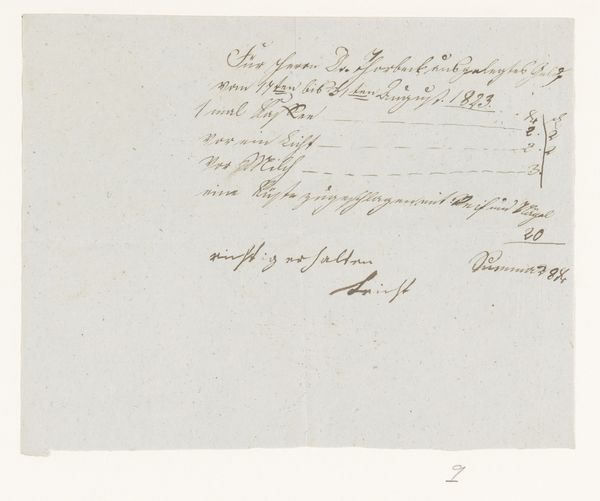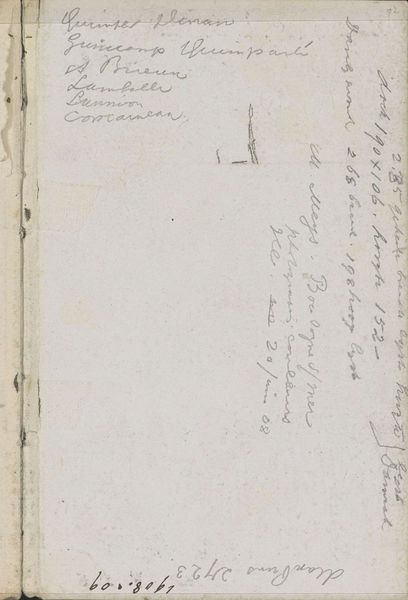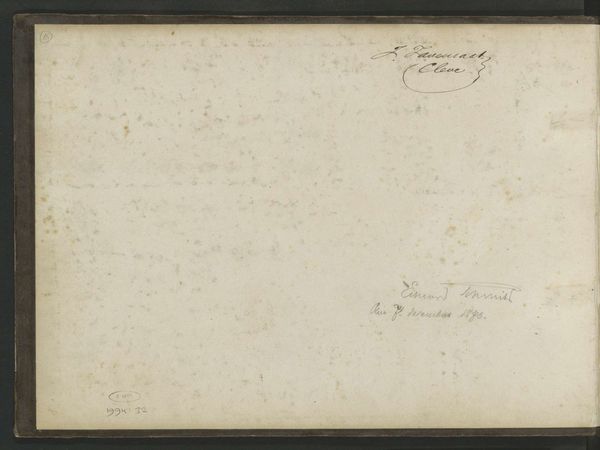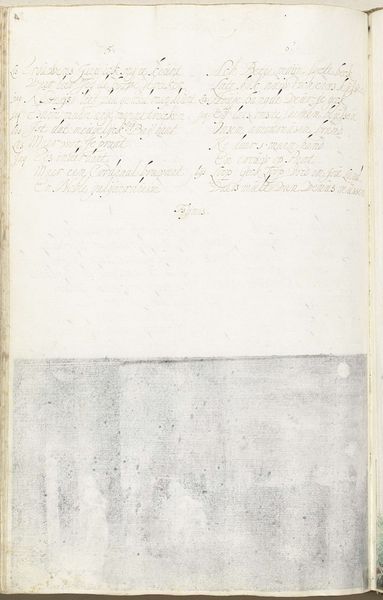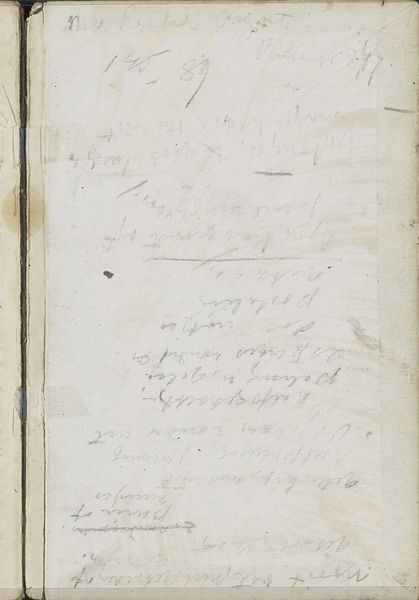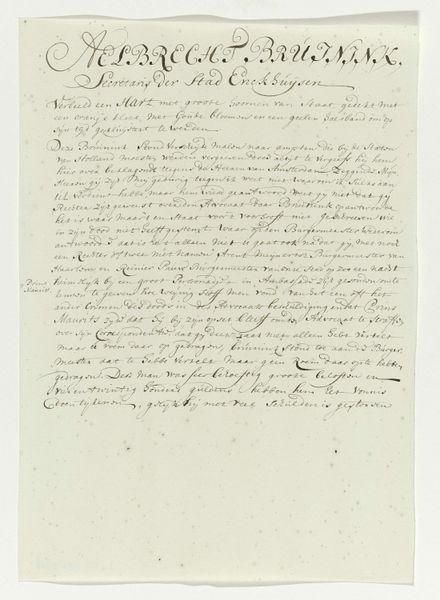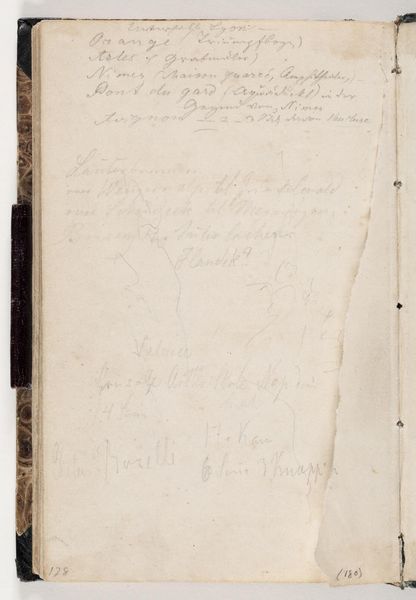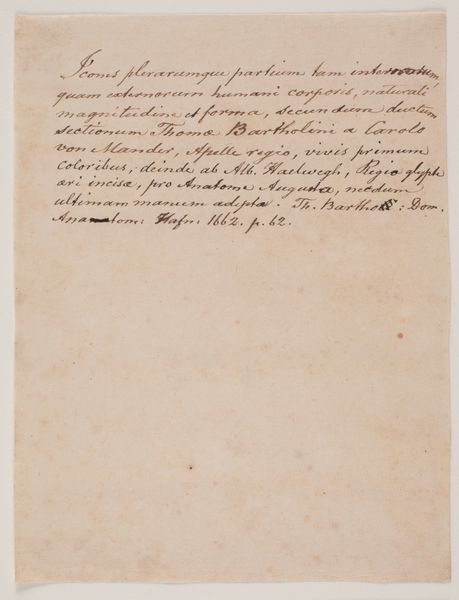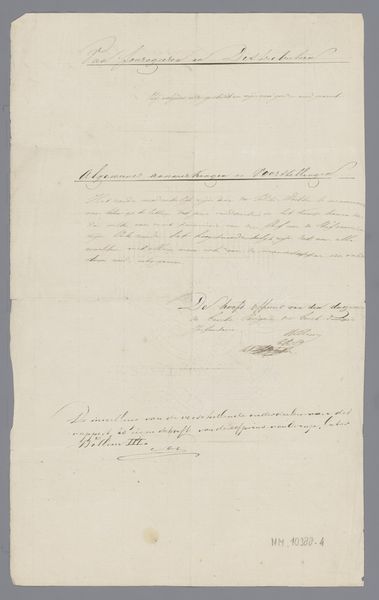
drawing, print, pencil
#
drawing
# print
#
landscape
#
romanticism
#
pencil
#
realism
Dimensions: height 200 mm, width 335 mm
Copyright: Rijks Museum: Open Domain
Cornelis van Hardenbergh made these sketches of the Watersnood, or flood, in 1809, using graphite on paper. The artist's choice of humble materials mirrors the immediacy and urgency of the scene. Graphite, a readily available and easily workable material, allowed him to quickly capture the unfolding events. The sketches' appearance is determined by graphite's inherent qualities of softness and malleability, enabling the artist to achieve a wide range of tonal variations and intricate details. This work's social significance lies in its representation of a natural disaster that deeply affected communities. Hardenbergh employed traditional drawing techniques to translate the chaos and destruction of the flood into visual form. In doing so, the sketches challenge conventional boundaries between fine art and documentation, and invites us to reflect on the role of art in bearing witness to moments of crisis. The creation of this work likely involved long hours and acute observation, requiring technical knowledge to convey the flood's impact. The combination of material, making, and context allows us to appreciate the full meaning of this artwork, blurring traditional distinctions between art and craft.
Comments
No comments
Be the first to comment and join the conversation on the ultimate creative platform.

